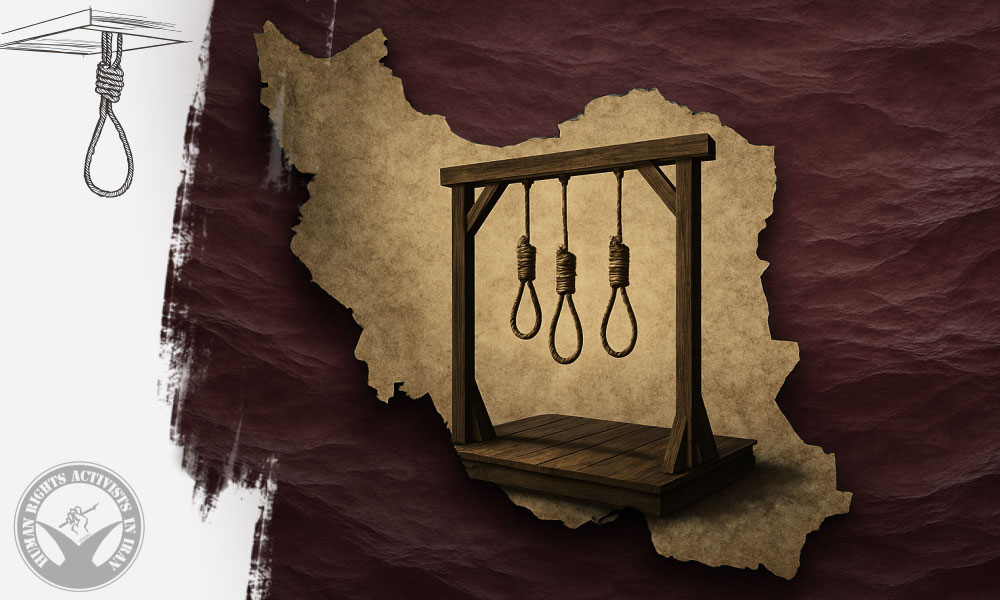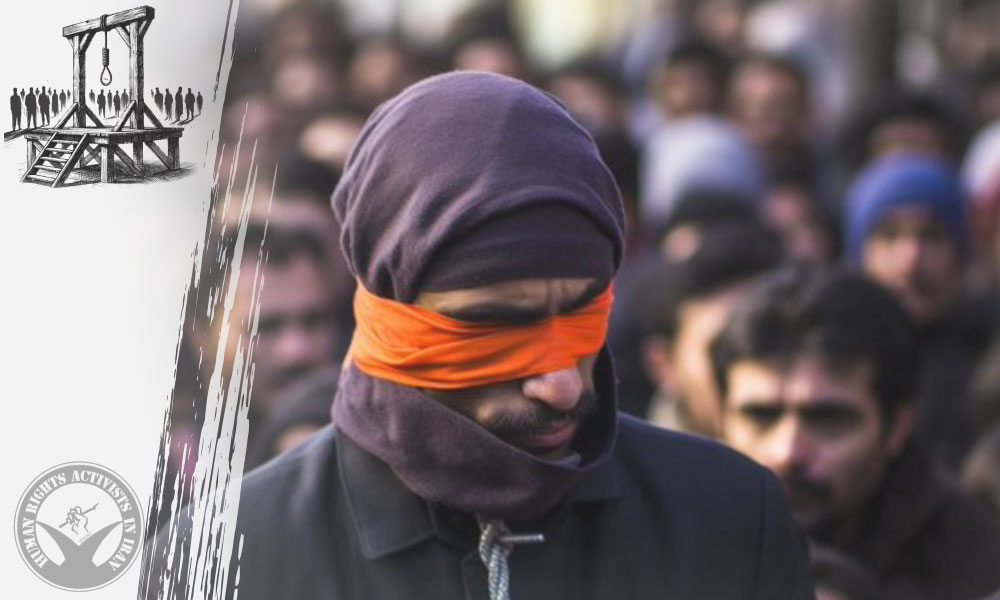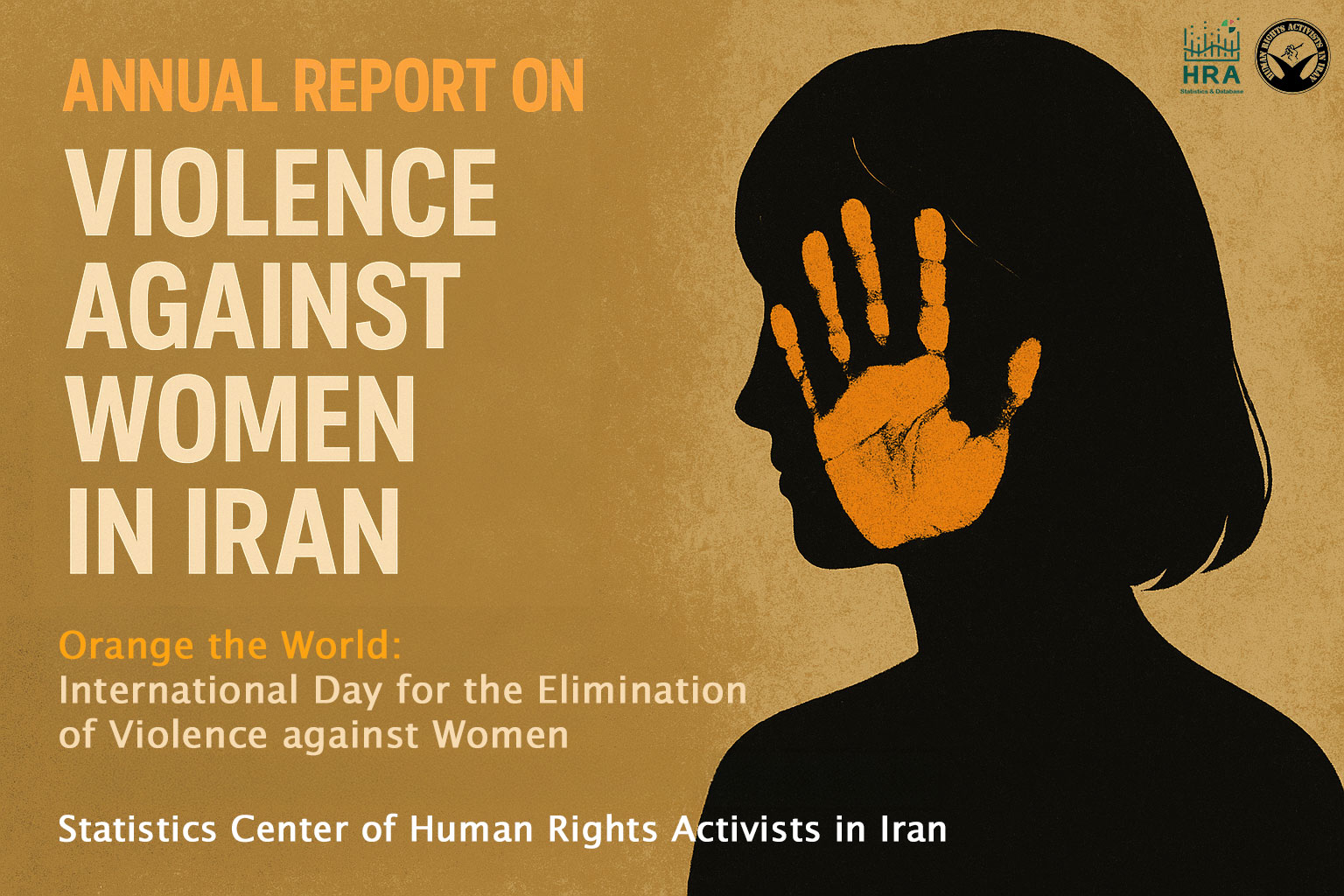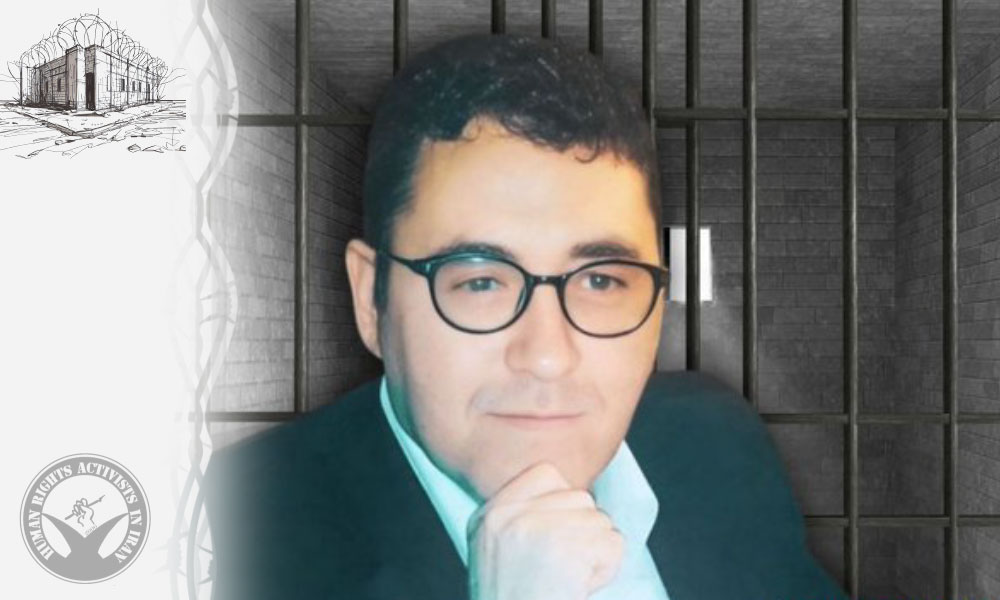Kurdistan and Baluchistan
Although these protests covered all the provinces of the country, there were significant differences between these two provinces and the rest of the country.
The southern region of Sistan and Baluchistan Province, which we abbreviate here as Baluchistan because of its demographics, was the scene of the most severe crackdown during the Iran protests. After the Friday prayer was held on September 30, those attending the prayer took to the street and protested. In the ensuing crackdown, more than 90 Baluchis were killed on that day. The severity of the crackdown on Baluchi citizens provided an impetus for the people of this area to take to the street every Friday after the prayer and turned each Friday prayer into a bloody affair. The manner of holding protests after the gathering of people after Friday prayers every week caused the cities of this region to witness bloody protests every Friday. The Supreme Leader of Iran sent his representatives to the region to meet the Baluch religious and tribal leaders, but in the end, Molavi Abdul Hamid, the Baloch Sunni leader, said that these representatives threatened Baluchi leaders instead of trying to make amends. A large number of children can be seen among the fatalities in Baluchistan.
The other region was the southern regions of West Azerbaijan province, Kurdistan, and Kermanshah, which is known mostly as the Kurdish region because of its demographics. These areas have seen the most intense protests over the past 82 days Given that Mahsa (Zhina) Amini was a member of the Kurdish community and was born and bred in Saqqez (predominantly a Kurdish town), it was not surprising that this town became the focal point of the Iran protests.
These areas, especially the cities of Mahabad, Bukan, and Javanrud, witnessed the bloodiest protests in the western and northwestern regions of the country. The level of bloodshed was such that the member of parliament from Mahabad claimed in a speech on November 27 that the unofficial number of fatalities in the Kurdish areas stood at 105 people. The level of repression in these areas, which was accompanied by the bombing of the headquarters of Kurdish opposition parties in the Kurdish areas of Iraq, was another indication of the full-fledged violence that the regime unleashed during these nationwide protests.
The common feature of these two areas is that they are predominantly inhabited by Sunni adherents of Islam. Citizens of these areas belong to Kurds and Baloch ethnicities and the areas lack economic development. Both areas have historically experienced a high degree of discrimination which has raised the level of dissatisfaction in these areas.







